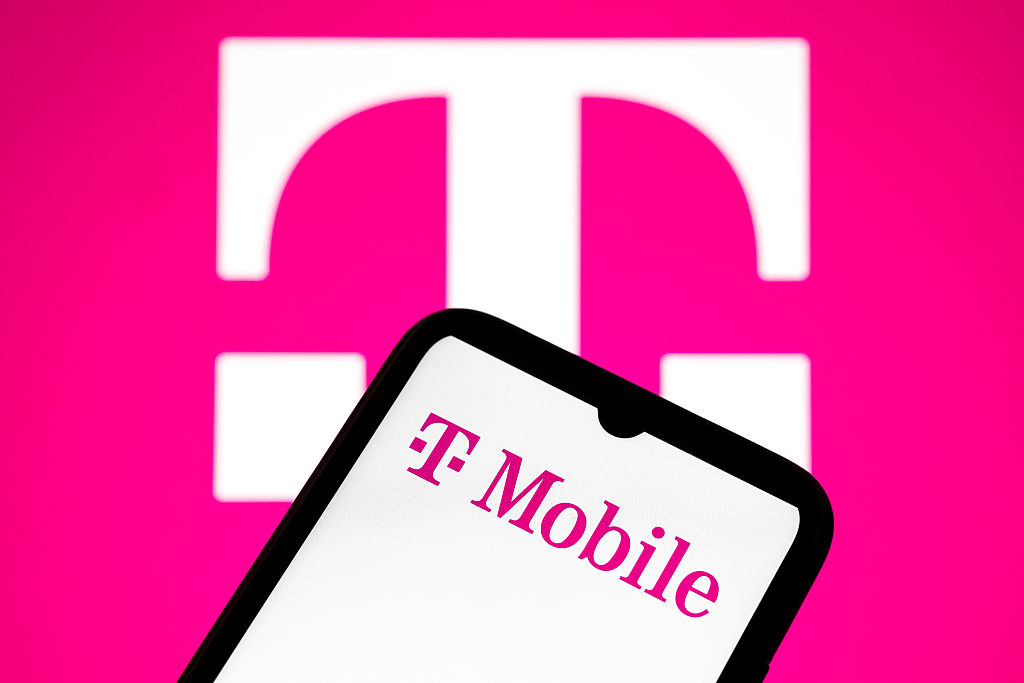Three Ways to Maximize Your International Charitable Giving
With humanitarian crises growing, financial support is much needed and easily provided, but charitable givers should do their homework to ensure their donations go to trusted entities.


When disaster strikes, our instincts turn toward helping those in need. Indeed, during the height of the COVID pandemic, generosity was ample as neighbor helped neighbor and worked within their means to support nonprofits and causes they held dear. With international warfare in Ukraine and the Middle East, many of us are compelled to help however we can.
Whether thousands of miles away or the next town over, financial support is often what's most needed and is what can most easily be provided during times of crisis.
When considering giving to international organizations, investors must be intentional to ensure that their donations are being put to work with the greatest impact for both parties. As you navigate your personal responsibility and calling, these tips can help in the months and years ahead.
From just $107.88 $24.99 for Kiplinger Personal Finance
Become a smarter, better informed investor. Subscribe from just $107.88 $24.99, plus get up to 4 Special Issues

Sign up for Kiplinger’s Free Newsletters
Profit and prosper with the best of expert advice on investing, taxes, retirement, personal finance and more - straight to your e-mail.
Profit and prosper with the best of expert advice - straight to your e-mail.
Tip #1: Don’t give haphazardly
If you’ve visited a grocery store over the past few years, you’ve borne witness to the increase of round-up donations at the cash register. Sure, a few cents here and there won’t impact your bottom line, but does it really make a big impact on the other end?
Alas, the need remains great, but the trend lines are down. According to the Giving USA 2023: The Annual Report on Philanthropy for the Year 2022, annual giving in the U.S. fell 3.4% in 2022 in current dollars and 10.5% after adjusting for inflation.
As investors weigh the benefits of transferring capital to worthy 501(c)(3)s, or those outside of the United States, they must proceed with caution. When giving internationally, it's important to determine that the organizations in question have an American Friends designation, or a U.S. affiliate of the foreign charity. The designation ensures that the organization is in good standing with the United States government and that tax benefits are accounted for on the investor side.
As with your overall investment strategy, transparency is important and due diligence reigns supreme. Give with confidence.
Tip #2: Maximize your impact
Familiar with DAFs?
Donor-advised funds (DAFs) are becoming increasingly popular as a seamless way for investors to contribute to charities in good faith, while immediately reaping the tax benefits. According to the National Philanthropic Trust, there are over 1.2 million DAFs already established in the United States. Fidelity, Schwab, Vanguard and more operate DAFs with tiered fee structures centered around AUM (assets under management).
Many employers also match donations, so it's worth contacting your HR department to better understand the philanthropic benefits that they can extend on top of your own. In times of global need, conduct some research to better understand if your dollars can go further with mega donor matching programs.
Tip #3: Consider a philanthropic strategy
Passionate gifters should work with their advisers to build a philanthropic strategy that is aligned with their values and legacy.
Taking a close look at the causes that are dear to your heart, the value of the overall impact you’re willing to make and how involved you want to be in the process are all important considerations.
A philanthropic strategy is beneficial for the gifter, as well as the charitable organization. These charities need funds all year round, not just around the holidays or when disaster strikes. Creating a strategy can ensure your funds are being maximized, and you are also benefiting from a tax perspective.
If you have questions about reputable organizations to donate to, look to trusted sources like GuideStar or Charity Navigator to better ascertain their credibility and accountability standards.
The bottom line
Is it wrong to want to give one-off donations? No. But if you want to make a bigger impact, think more strategically.
Smart, targeted grants to international organizations and on a long-term basis can change the way the world operates. We’re seeing it in real time. Ensure that your charitable giving is working for you, not against.
related content
- Volunteering and Donating Can Deliver Feel-Good and Tax Benefits
- DAFs vs. Private Foundations: Which Giving Strategy Is Right for You?
- How to Find Room for Philanthropy Despite Challenging Times
- Charitable Giving Strategies for Not-as-Wealthy Donors
- Which Charitable Giving Archetype Are You?
Profit and prosper with the best of Kiplinger's advice on investing, taxes, retirement, personal finance and much more. Delivered daily. Enter your email in the box and click Sign Me Up.

Peter J. Klein, CFA®, CAP®, CSRIC®, CRPS®, is the Chief Investment Officer and Founder of ALINE Wealth, a wealth management firm that specializes in providing clients with financial planning advice for every stage of their lives. Along with Peter’s deep financial wisdom, he adds considerable acumen in philanthropy, helping clients navigate family trusts, institutions, and nonprofits.
-
 Are T-Mobile's Prepaid Perks a Home Run or a Strikeout?
Are T-Mobile's Prepaid Perks a Home Run or a Strikeout?T-Mobile's prepaid lineup promises MLB.TV, T-Mobile Tuesdays and hotspot data. But do the perks make it worth switching?
-
 Verizon Home Internet Is Offering Free Tech to New Customers
Verizon Home Internet Is Offering Free Tech to New CustomersVerizon’s latest home-internet promotion includes free tech, but the real savings depend on pricing, speed needs and how long you stay.
-
 Retirees in These 7 States Could Pay Less Property Taxes Next Year
Retirees in These 7 States Could Pay Less Property Taxes Next YearState Taxes Retirement property tax bills could be up to 65% cheaper for some older adults in 2026. Do you qualify?
-
 5 Smart Things to Do With Your Year-End Bonus, From a Financial Professional
5 Smart Things to Do With Your Year-End Bonus, From a Financial ProfessionalAfter you indulge your urge to splurge on a treat, consider doing adult things with the extra cash, like paying down debt, but also setting up a "fun fund."
-
 Are You a Gen X Investor? Here's How You Can Protect Your Portfolio From an AI Bubble
Are You a Gen X Investor? Here's How You Can Protect Your Portfolio From an AI BubbleAmid talk of an AI bubble, what's the best course of action for investors in their 50s and 60s, whose retirement savings are at risk from major market declines?
-
 Hey, Retirees: Put Your Charitable Gifts in a Donor-Advised Fund (and Enjoy Your Tax Break)
Hey, Retirees: Put Your Charitable Gifts in a Donor-Advised Fund (and Enjoy Your Tax Break)A donor-advised fund is a simple (really!), tax-smart strategy that lets you contribute a large, tax-deductible gift now and then distribute grants over time.
-
 If You're a U.S. Retiree Living in Portugal, Your Tax Plan Needs a Post-NHR Strategy ASAP
If You're a U.S. Retiree Living in Portugal, Your Tax Plan Needs a Post-NHR Strategy ASAPWhen your 10-year Non-Habitual Resident tax break ends, you could see your tax rate soar. Take steps to plan for this change well before the NHR window closes.
-
 Your Year-End Tax and Estate Planning Review Just Got Urgent
Your Year-End Tax and Estate Planning Review Just Got UrgentChanging tax rules and falling interest rates mean financial planning is more important than ever as 2025 ends. There's still time to make these five key moves.
-
 What Makes This Business So Successful? We Find Out From the Founder's Kids
What Makes This Business So Successful? We Find Out From the Founder's KidsThe children of Morgan Clayton share how their father's wisdom, life experience and caring nature have turned their family business into a respected powerhouse.
-
 I'm a Financial Adviser: The Fed's Rate Cuts Could Have Impacts You Might Not Anticipate
I'm a Financial Adviser: The Fed's Rate Cuts Could Have Impacts You Might Not AnticipateUnderstanding how lower interest rates could impact your wallet can help you determine the right financial moves to make.
-
 Past Performance Is Not Indicative of Your Financial Adviser's Expertise
Past Performance Is Not Indicative of Your Financial Adviser's ExpertiseMany people find a financial adviser by searching online or asking for referrals from friends or family. This can actually end up costing you big-time.